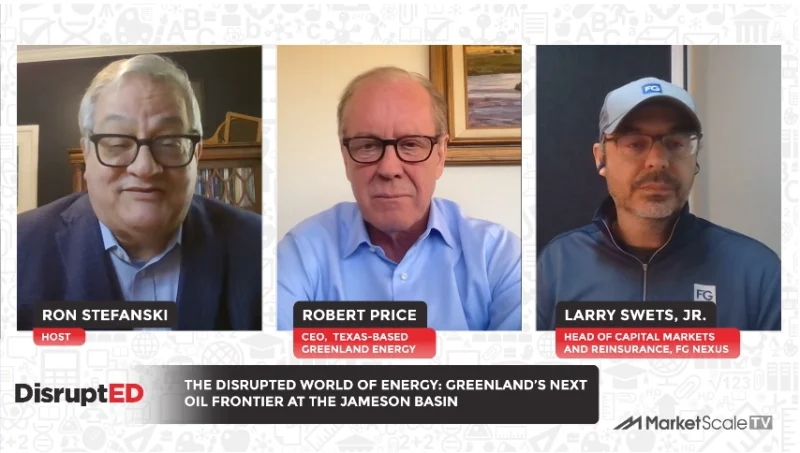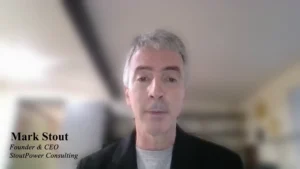What Will It Take to Tackle Implementation Challenges for Renewable Energy Like Wind and Solar?
Renewable energy is one of the most important topics in our contemporary economy. According to IEA, “The global energy crisis is driving a sharp acceleration in installations of renewable power, with total capacity growth worldwide set to almost double in the next five years.” But there are implementation challenges for renewable energy, more specifically challenges integrating renewable energy in our existing grids that transcend policy. Implementation will require equivalent investment in stability in energy storage to realize the full potential of these sources of power.
Michael Davies, Founder of Green Econometrics, indicates the primary implementation challenges with renewable energy like wind and solar stem from their intermittency and the simple fact that these renewables generate direct current, which requires conversion to alternating current to operate in existing grid infrastructure.
Michael’s Thoughts:
“Renewables introduce complexities into the grid because they are intermittent by nature and generate direct current while the grid runs on AC current. So two important factors for grid stability are frequency and reactive power. Solar and wind produce direct, current and therefore need to be converted to AC before it can be introduced to the grid.
Abrupt changes in energy demand or the introduction of renewable energy into the grid create frequency imbalances and voltage drops, which in turn cause damage to grid infrastructure and equipment. Also, long transmission lines facing increasing power loads will consume reactive power, which in turn can lead to voltage drops, leading to overheating and damaging equipment.
So as renewable energies expand, we’ll require more investment in grid stability, such as energy storage. Thank you.”








